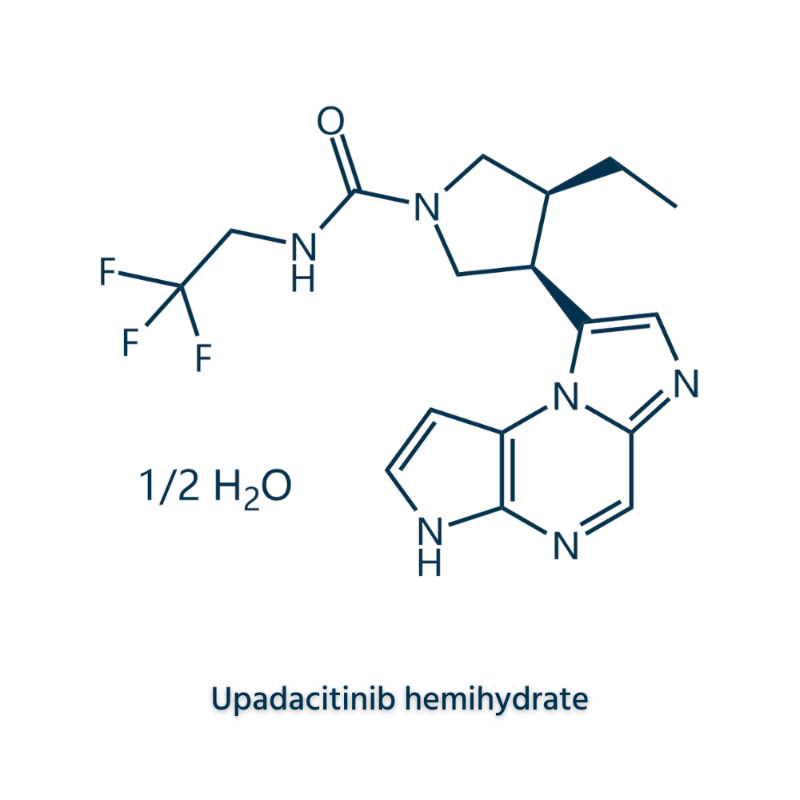-
Categories
-
Pharmaceutical Intermediates
-
Active Pharmaceutical Ingredients
-
Food Additives
- Industrial Coatings
- Agrochemicals
- Dyes and Pigments
- Surfactant
- Flavors and Fragrances
- Chemical Reagents
- Catalyst and Auxiliary
- Natural Products
- Inorganic Chemistry
-
Organic Chemistry
-
Biochemical Engineering
- Analytical Chemistry
-
Cosmetic Ingredient
- Water Treatment Chemical
-
Pharmaceutical Intermediates
Promotion
ECHEMI Mall
Wholesale
Weekly Price
Exhibition
News
-
Trade Service
A thyroglossal duct cyst (TGDC) is the most common congenital neck mass and often requires treatment because of cosmetic problems and recurrent infections .
Surgery (ie, the Sistrunk procedure) is considered the standard approach for the treatment of TGDCs, and its most important advantage is the low rate of postoperative recurrence .
However, the Sistrunk surgical resection was wider , including part of the tongue and the central third of the hyoid bone .
As a result, the risk of postoperative complications is relatively high, along with potential risks associated with general anesthesia and surgical morbidity .
Therefore, minimally invasive treatments such as ethanol ablation (EA) techniques have been introduced into the clinic .
Surgery (ie, the Sistrunk procedure) is considered the standard approach for the treatment of TGDCs, and its most important advantage is the low rate of postoperative recurrence .
However, the Sistrunk surgical resection was wider , including part of the tongue and the central third of the hyoid bone .
As a result, the risk of postoperative complications is relatively high, along with potential risks associated with general anesthesia and surgical morbidity .
Therefore, minimally invasive treatments such as ethanol ablation (EA) techniques have been introduced into the clinic .
According to previous studies, EA has a high success rate in the treatment of TGDC, with a mean volume reduction rate (VRR) of 75-82% at the final follow-up examination
.
Symptoms and appearance were also improved with EA without serious complications
According to previous studies, EA has a high success rate in the treatment of TGDC, with a mean volume reduction rate (VRR) of 75-82% at the final follow-up examination
Recently, a study published in the European Radiology journal evaluated the efficacy and safety of EA in the treatment of TGDC at 2 years, providing confidence for patients to choose EA for the treatment of TGDC .
This retrospective study included 81 consecutive patients diagnosed and treated at two institutions between January 2008 and October 2018, each diagnosed as a patient with symptomatic TGDCs .
Preoperative assessment included US assessment and calculation of TGDC volume .
EA treatment was performed with 99% ethanol under US guidance .
Post-treatment follow-up was scheduled at 3 months, 6 months, and then annually .
Immediate success was defined as volume reduction rate (VRR; ratio of post-EA volume difference to initial TGDC volume) >50% within 3 months .
Long-term success was defined as VRR >50% or resolution or improvement of cosmetic problems and symptoms without recurrence at last follow-up .
Seventy-seven patients were treated with EA, and outcomes were assessed in 68 patients with follow-up data
.
The immediate success rate of the first EA was 81% (55/68), and the mean VRR within 3 months was 73% ± 31%
Seventy-seven patients were treated with EA, and outcomes were assessed in 68 patients with follow-up data
Figure A 13-year-old female patient with relapse of TGDC 63 months after the first EA .
aTransverse ultrasonography (US) shows a thin-walled anechoic lesion in the neck below the midline, suggesting a TGDC (volume, 1.
6 mL) .
c US at 3 months after the first EA showed volume reduction of TGDC (0.
4 mL; volume reduction rate (VRR), 75%) .
Figure A 13-year-old female patient with relapse of TGDC 63 months after the first EA .
aTransverse ultrasonography (US) shows a thin-walled anechoic lesion in the neck below the midline, suggesting a TGDC (volume, 1.
6 mL) .
c US at 3 months after the first EA showed volume reduction of TGDC (0.
In conclusion, EA has achieved clinically acceptable short-term and long-term efficacy in the treatment of TGDCs with a low complication rate, so it can be considered as a first-line therapy for the treatment of TGDCs for wide clinical application
Sang Ik Park, Jung Hwan Baek, Sae Rom Chung, et al.
Ethanol ablation for the treatment of thyroglossal duct cysts: follow-up results for longer than 2 years.
DOI: 10.
1007/s00330-021-08402-xEthanol ablation for the treatment of thyroglossal duct cysts: follow-up results for longer than 2 years.
10.
1007/s00330-021-08402-x Leave a comment here







